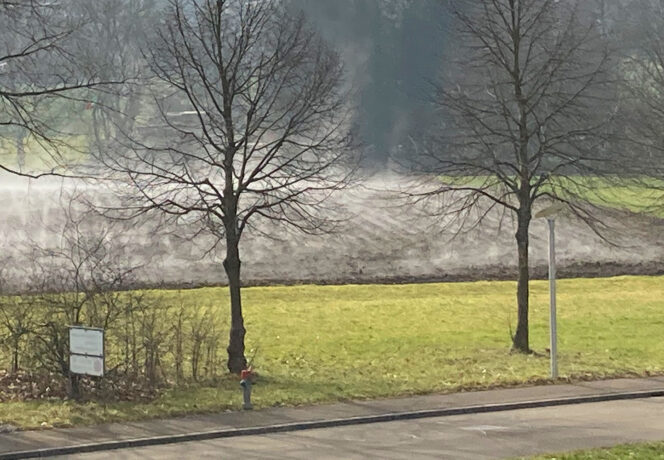
Archive
488 posts

Agroscope compiles annually updated inventories and projections for Swiss agricultural greenhouse gas emissions. With the change to reporting under the Paris Agreement, new bases for calculation must be taken into account. Despite this, the overall picture for agriculture remains largely unchanged.

Sorghum: Where Can This Drought-Tolerant Grain Be Cultivated in Switzerland?
Suitable both as food for humans and as livestock feed, sorghum thrives even in an increasingly dry climate. Agroscope has developed maps showing the potential growing areas for silage- and grain sorghum.

Risk-taking Farmers Are More Likely to Apply Pest Prevention
Pest prevention plays an important role in reducing pesticide use. Nevertheless, the use of such measures is below the social optimum. A generally cautious attitude towards risk and adoption of other risk management measures hinder farmers' prevention efforts.

What impact has environmental pesticide contamination on the organic food chain?
A review on the current scientific literature showed that pesticides are widely present in soils, water and air and have a potential to contaminate organic produce. These contamination pathways must be considered when findings of pesticide residues are investigated.

Risk Indicators for Plant Protection Products: Further Analyses for Calculation
Agroscope has developed risk indicators which show the development of risks associated with the use of plant protection products for important environmental compartments, describe the risk potential of the active substances and take account of legal measures for risk mitigation.

Great potential for environmentally friendly and profitable production
Do farmers who produce in environmentally friendly ways earn less income? As an Agroscope study shows, this needs not be the case, and farmers can actually generate more revenue by protecting the environment.

Biodiversity Indicators for Result-based Agri-environmental Schemes: an Overview
Those wishing to promote biodiversity in agriculture by means of result-based schemes need meaningful indicators. An overview of proposed and used indicators highlights developments and challenges.

How Foods of Animal Origin Can Contribute to a Healthy, Sustainable Diet
Foods of animal origin – friend or foe? It all depends on the needs of consumers and on local production conditions, as shown by a major review in which Agroscope took part.

Vegetable Production: Striking Reduction in Nitrate Leaching without Crop Residues
In vegetable production it is usual to leave crop residues on the field. Measurements carried out by Agroscope researchers show that removing these residues significantly reduces nitrate leaching.
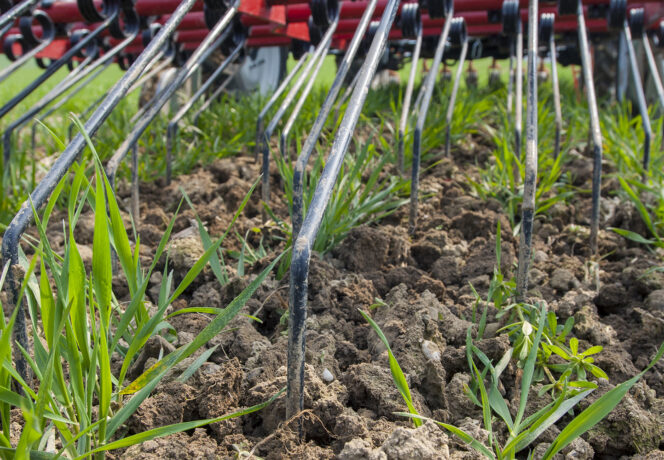
Plant-Protection Products in Field Crops: Which Alternatives Have Potential?
Which measures are suitable for significantly reducing pesticide use in field crops? In the PestiRed project, farmers rate the implemented measures as largely positive; with a differentiated result for economic efficiency.

The practice increasingly implements risk reduction measures in the application of PPPs
The reduction of environmental risks from plant protection products is to be monitored by the Confederation using a risk indicator. The indicator also takes into account the degree of implementation of risk reduction measures in practice. This degree of implementation was estimated by a study.

Beneficial Soil Fungi for Sustainable Plant Production
Arbuscular mycorrhizal fungi are important for healthy soils and crops. A pan-European study shows that plant-protection products adversely affect these fungi, reducing their ability to supply plants with phosphorus via their roots.

Effectively Reducing Nitrogen Surpluses
A comparison of different methods of winter-wheat fertilisation with nitrogen showed that nitrogen surpluses can be significantly reduced by means of site-specific variable-rate nitrogen fertilisation.

Rethinking the Use of Waterlogged Wet Arable Land
Many tile drainage systems on arable land are in need of renewal. Cantons and stakeholders will now be given a decision-making tool enabling them to assess such areas in detail and to find sustainable solutions.

Ammonia Emissions from Agriculture in Switzerland for 1990 to 2020
Ammonia emissions from the Swiss farming sector have scarcely declined over the past 20 years. This is because the factors leading to either an increase or decrease in emissions have for the most part cancelled each other out between 2000 and 2020.

Biodiversity in Agriculture: Understanding it Better and Promoting it More Systematically
Agroscope has highlighted for the first time the factors that are key for the targeted, large-scaled promotion of biodiversity in agriculture. Focusing on agriculture as a whole is especially important.

Scoring Points with Plant Protection in Vegetable Crops
Agroscope has developed a scoring system for plant protection in vegetable crops. The system enables the creation of incentives for reducing the use and environmental risks of plant-protection products and promoting preventive and non-chemical measures.

Pollutants in Products Containing Activated Carbon: Improving Detection Methods and Legal Bases
Many consumer goods contain activated carbon, which can be contaminated with pollutants like polycyclic aromatic hydrocarbons (PAHs). Agroscope showed that current analytical methods and legal bases used to address PAH content are incomplete.

Average Grassland Yields in Switzerland Shaped by Summer Drought
Dry summers can see a loss of up to 25% of total Swiss roughage production. This is because grassland yields are strongly correlated with summer drought, as shown by a new analysis conducted by Agroscope and the Swiss Farmers’ Union.

Temporary Carbon Sinks also Benefit the Climate
Storing carbon in the soil in the form of soil organic matter benefits the climate. A new approach allows us to quantify this effect.

More Efficient Nitrogen Use thanks to Site-Specific Fertilisation
A test of five methods using the example of winter-wheat cultivation shows that site-specific nitrogen fertilisation enables more efficient fertilising without adversely affecting yield.

Rising Expenditure for Water Use in Agriculture
The past 30 years have seen a clear trend towards rising water costs. The supply of agricultural land with water from natural sources is thus coming under increasing pressure.

Determining Soil Carbon Storage Potential
Protecting the climate whilst reaping a good harvest is possible if greater amounts of carbon are sequestered in the soil. Agroscope calculated the amount of additional carbon that the soil is capable of storing.
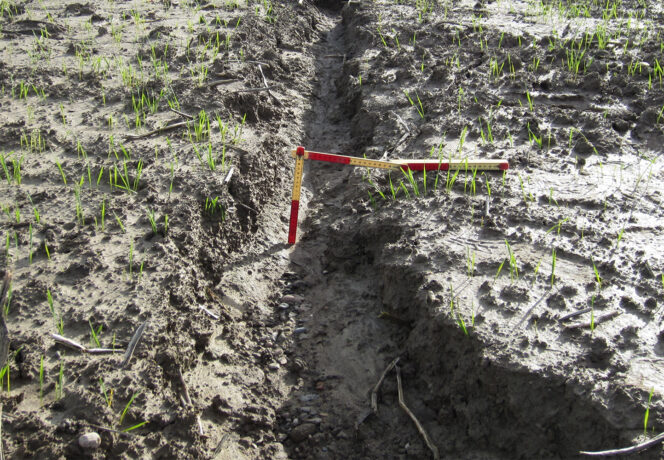
Long-term Monitoring Shows Effective Measures for Reducing Soil Erosion
A long-term field study conducted by Agroscope, the Soil Protection Agency of the Canton of Bern and the University of Bern shows that soil erosion on arable land can be significantly reduced with the right measures – in particular, conservation tillage practices.

Pollinator Flower Strips: Survey Shows Broad Satisfaction in Practice
Farmer acceptance plays a crucial role in establishing optimal flower strips. A survey conducted by Agroscope, FiBL and HAFL shows that pollinator flower strips work in practice, and lead to high satisfaction.
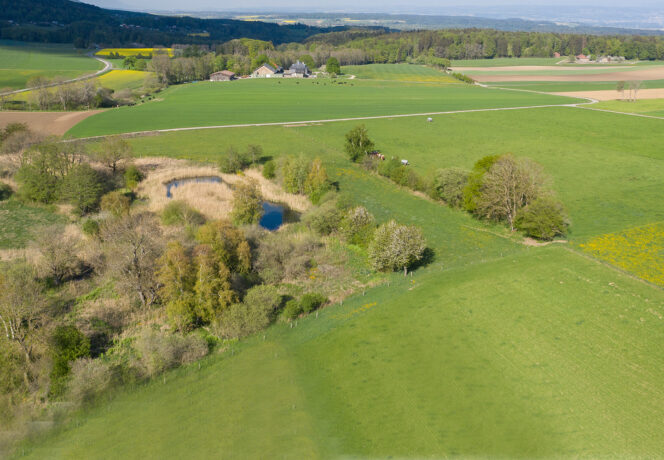
New Plant Protection Product Risk Indicators for Switzerland
Agroscope has developed risk indicators for plant protection products. These indicators highlight risk trends over time for important environmental compartments. Based on sales volumes of active substances, they take account of specific risk reduction measures.
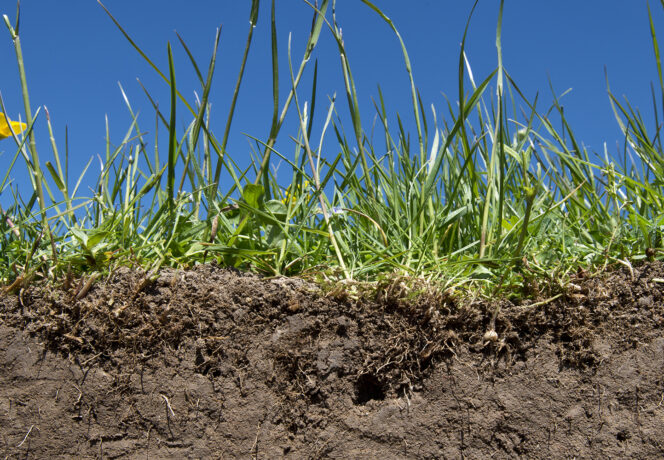
Challenges for Sustainable Soil Management – A Stocktake
The preservation of soil fertility and multiple soil functions faces various challenges both in Switzerland and throughout Europe. A survey carried out in Switzerland among people from practice, government agencies and research highlights problems and possible solutions.

How Much More Water Will Swiss Crops Need in Future?
Model calculations show how climate change will affect the water requirement for different crops grown on the Swiss Central Plateau. This will allow us to proactively plan for crop irrigation and adaptation to the changing climate.

Soil Carbon Sequestration – Offsetting Greenhouse Gases
Together with project partners, Agroscope investigated soil carbon sequestration potentials for 24 European countries. Carbon sequestration could offset 0.1% to 27% of greenhouse-gas emissions from agriculture per annum.
Agroscope, Walloon Agricultural Research Centre, BIOS Science Austria, Prešov University, Norwegian Institute of Bioeconomy Research, Flanders Research Institute for Agriculture, Fisheries and Food (ILVO), CREA – Council for Agricultural Research and Economics, Lithuanian Research Centre for Agriculture and Forestry, Agri-Food and Biosciences Institute, Swedish University of Agricultural Sciences, ATK – Centre for Agricultural Research, Teagasc, Environment, Soils and Land-Use Research, Thünen-Institute of Climate-Smart Agriculture
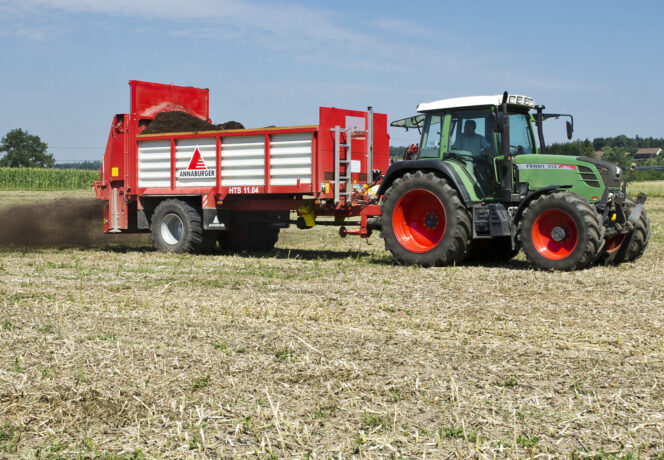
What Quantity of Heavy Metals Ends Up in Agricultural Soils?
Calculations carried out by the Swiss Soil Monitoring Network (NABO) over more than 30 years reveal that fertiliser applications and plant-protection products can lead to excess heavy metals in agricultural soils.